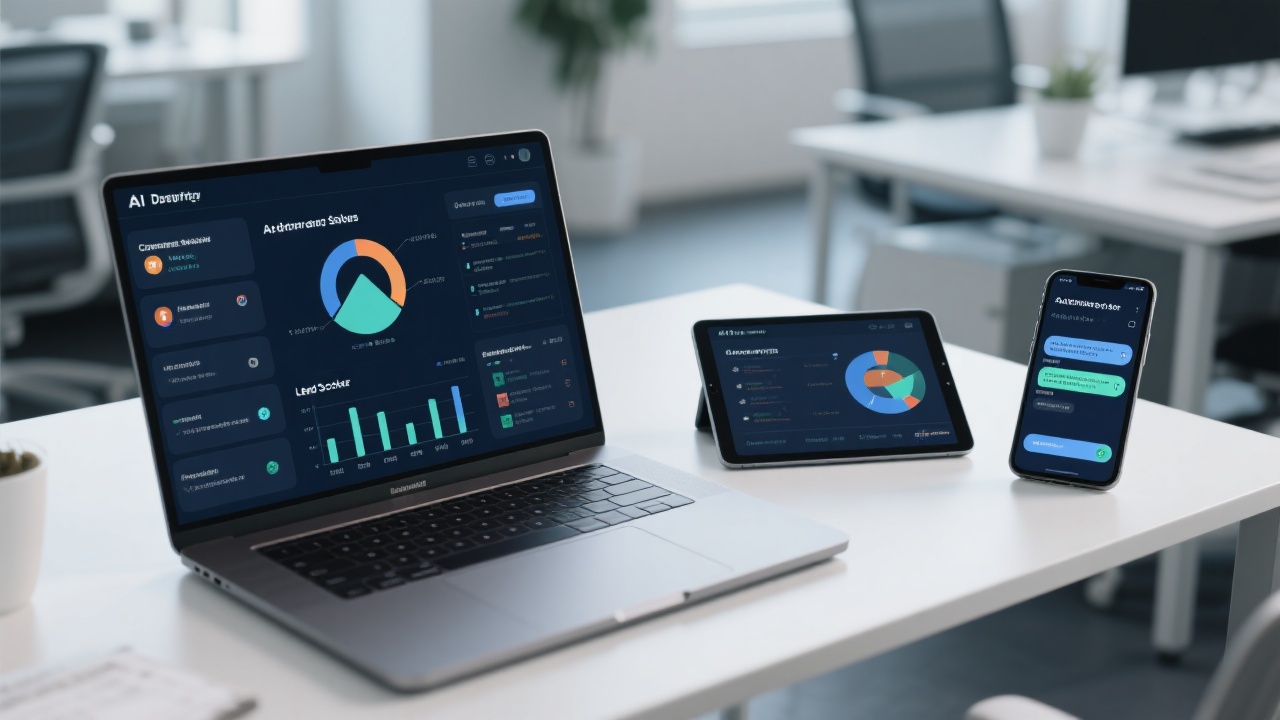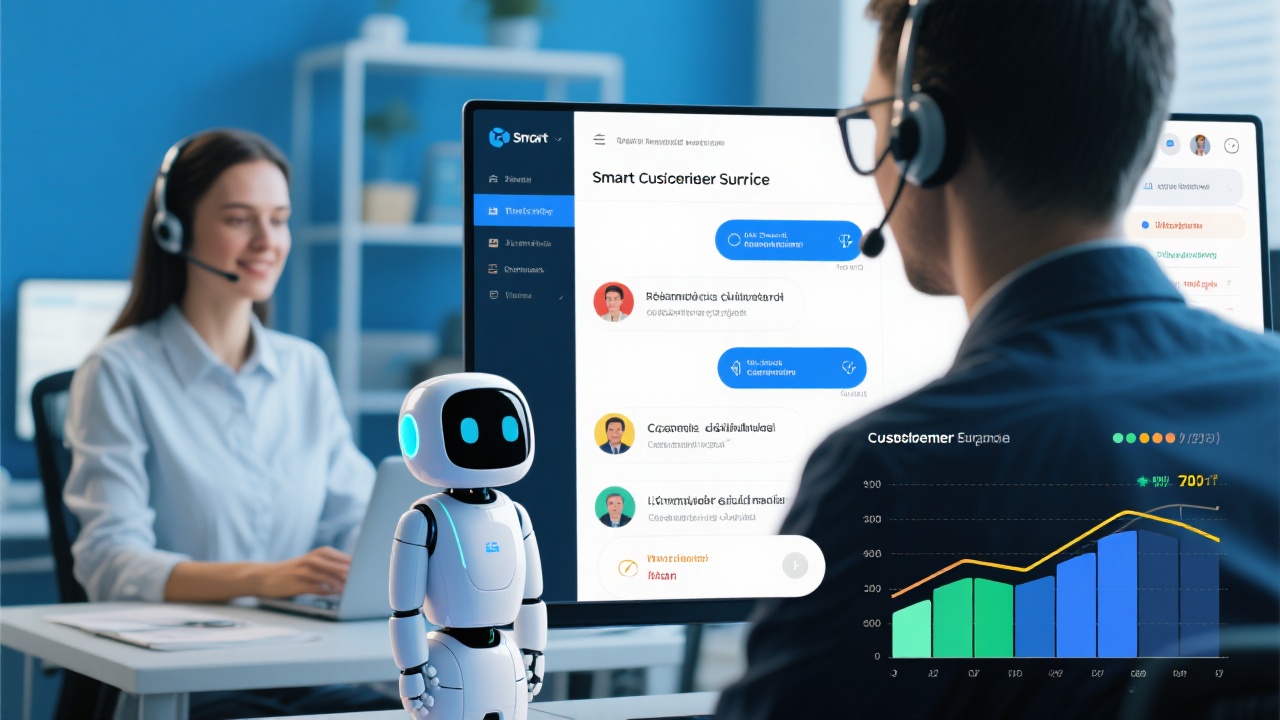 400-076-6558智领未来,外贸超级营销员
400-076-6558智领未来,外贸超级营销员
 400-076-6558智领未来,外贸超级营销员
400-076-6558智领未来,外贸超级营销员

As a beginner in international B2B trade, one of the biggest challenges you face is identifying which markets are worth entering and how to find high-value customers. This article will guide you through a data-driven approach to market research, helping you make informed decisions and avoid costly mistakes.
A target market is a specific group of customers that your business aims to serve. It’s not just about where your products can be sold, but also about who needs them most. For example, if you’re selling industrial automation equipment, your target market might be manufacturing companies in Southeast Asia that are looking to upgrade their production lines.
Key criteria for identifying a target market include:
Before jumping into any new market, it’s essential to gather and analyze industry data. According to Statista, the global industrial automation market is expected to grow at a CAGR of 7.4% from 2023 to 2030, reaching $168 billion by 2030. This indicates strong potential in sectors like robotics, sensors, and control systems.
To evaluate market potential, consider using tools like:
These platforms provide insights into market size, trends, and competitor activity. For instance, if you're targeting the European market, you can look at the EU's Digital Single Market strategy to understand policy shifts that may affect your sales.
Once you have a clear idea of the market, the next step is to build a customer persona. A customer persona is a detailed profile of your ideal buyer, including factors like company size, location, budget, and pain points.
Here’s an example of a customer persona for a B2B electronics supplier:
| Attribute | Details |
|---|---|
| Industry | Consumer Electronics |
| Company Size | Medium to Large (100–500 employees) |
| Location | Germany or South Korea |
| Budget Range | $50,000 – $200,000 per year |
| Pain Points | High-quality components, fast delivery, technical support |
After defining your target market and customer personas, the next step is to identify the best channels to reach them. Here are some proven methods:
According to a study by HubSpot, 78% of B2B marketers say that email marketing is the most effective channel for lead generation. However, it’s important to segment your list and tailor your messages based on the customer persona you’ve created.
Many beginners struggle with finding the right customers due to lack of data or poor targeting. Here are some common issues and how to overcome them:
Artificial Intelligence is transforming the way we do market research. Tools like AB客 (ABK) help you identify potential customers based on their behavior, preferences, and purchase history. These tools can save you time and improve the accuracy of your targeting.
Some key features of AI-powered tools include:
Even the best strategies need to be adapted to local conditions. For example, a product that works well in North America may require modifications to meet safety standards in Europe or Asia. Always consider language, culture, and regulatory requirements when entering a new market.
Continuous optimization is also crucial. Monitor your performance metrics regularly—such as conversion rates, customer acquisition costs, and lifetime value—and adjust your strategy accordingly.

By following a structured approach to market research and customer development, you can significantly increase your chances of success in international B2B trade. Remember, the goal isn’t just to sell more, but to sell smarter.
Take the first step today. Start analyzing your target markets, building customer personas, and exploring the right channels. With the right tools and mindset, you’ll be well on your way to discovering high-value customers and growing your business globally.

Don’t let uncertainty hold you back. Start your market research now and discover the opportunities waiting for you in the global B2B landscape. Sign up for our free market analysis toolkit today and get started on the right path.
Get Your Free Market Analysis Toolkit

.png?x-oss-process=image/resize,h_100,m_lfit/format,webp)
.png?x-oss-process=image/resize,h_100,m_lfit/format,webp)

.png?x-oss-process=image/resize,h_100,m_lfit/format,webp)
.png?x-oss-process=image/resize,h_100,m_lfit/format,webp)
.png?x-oss-process=image/resize,h_100,m_lfit/format,webp)
.png?x-oss-process=image/resize,h_100,m_lfit/format,webp)
